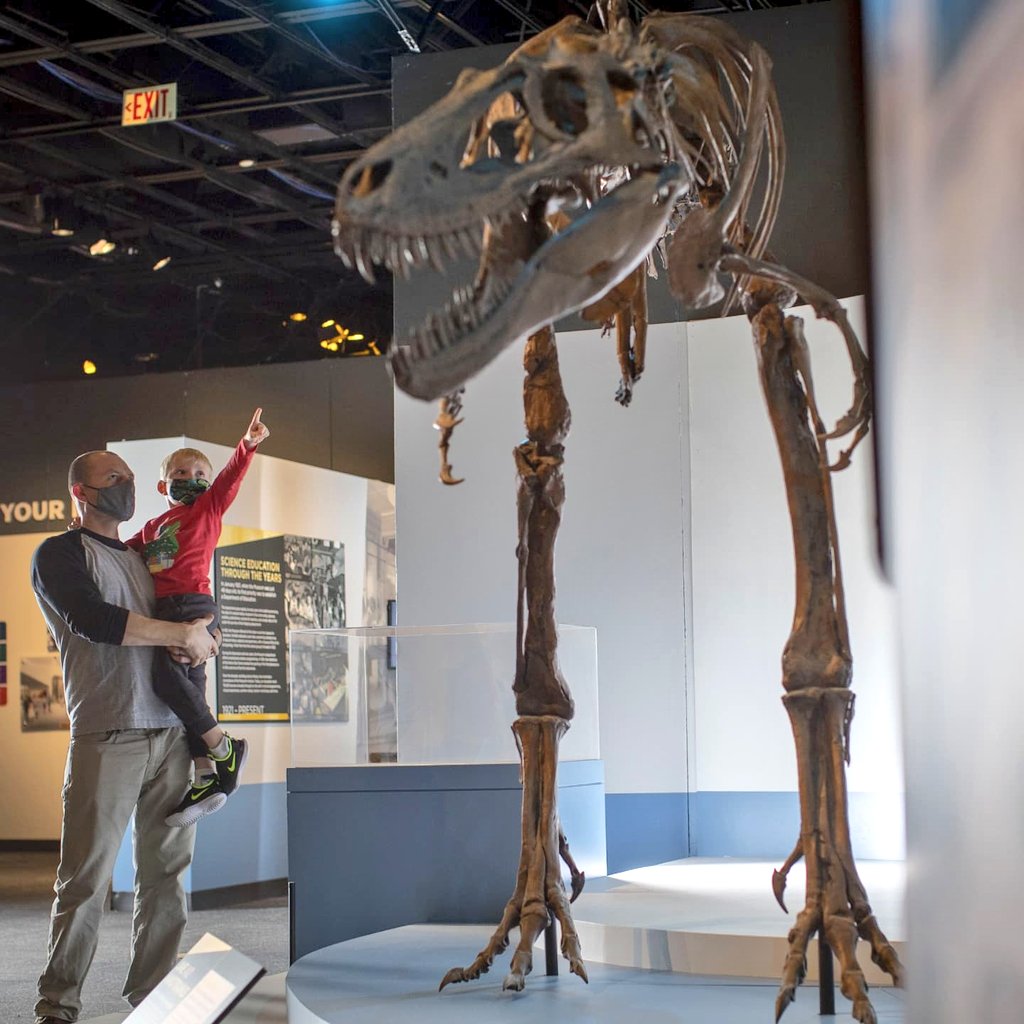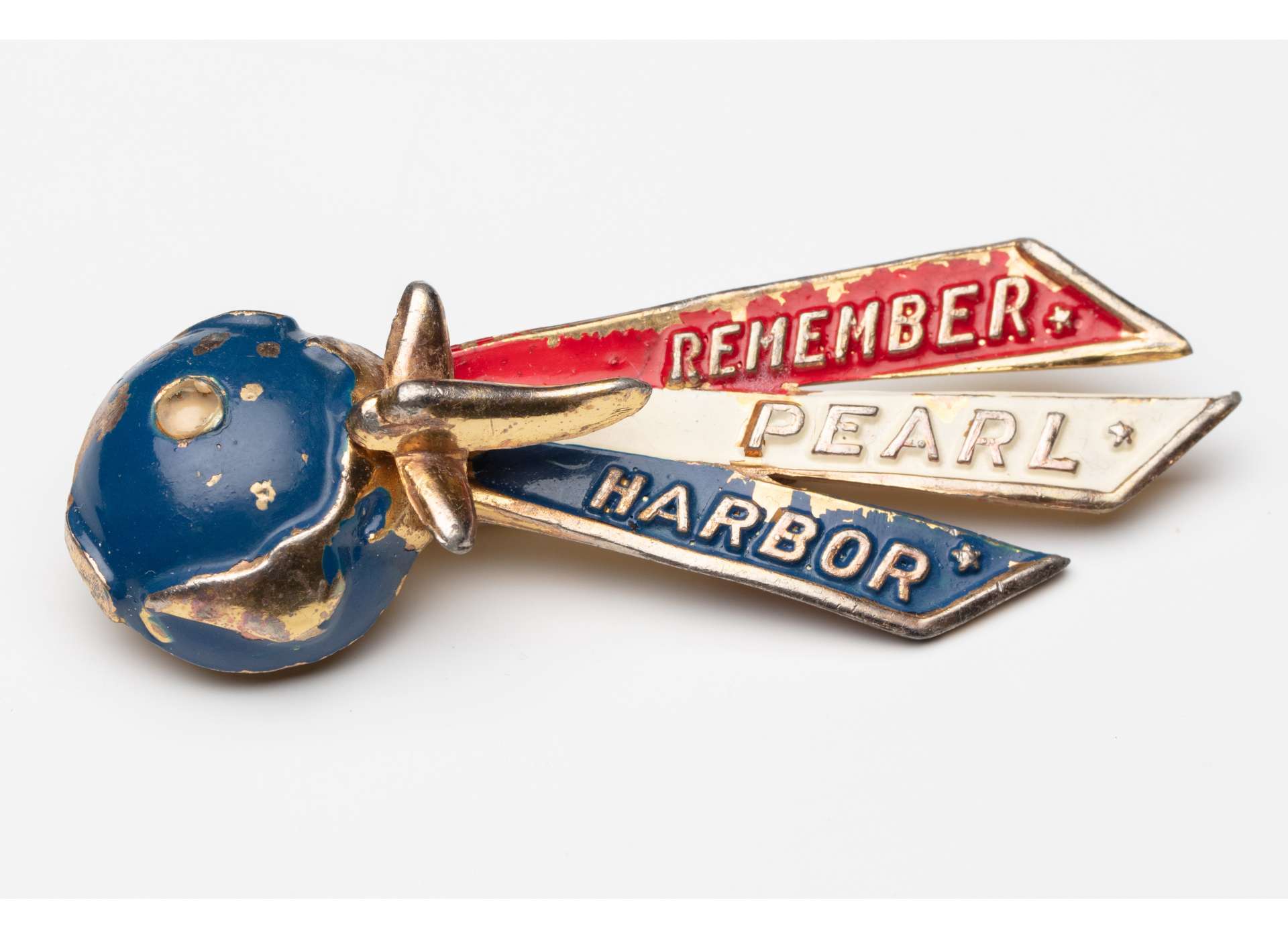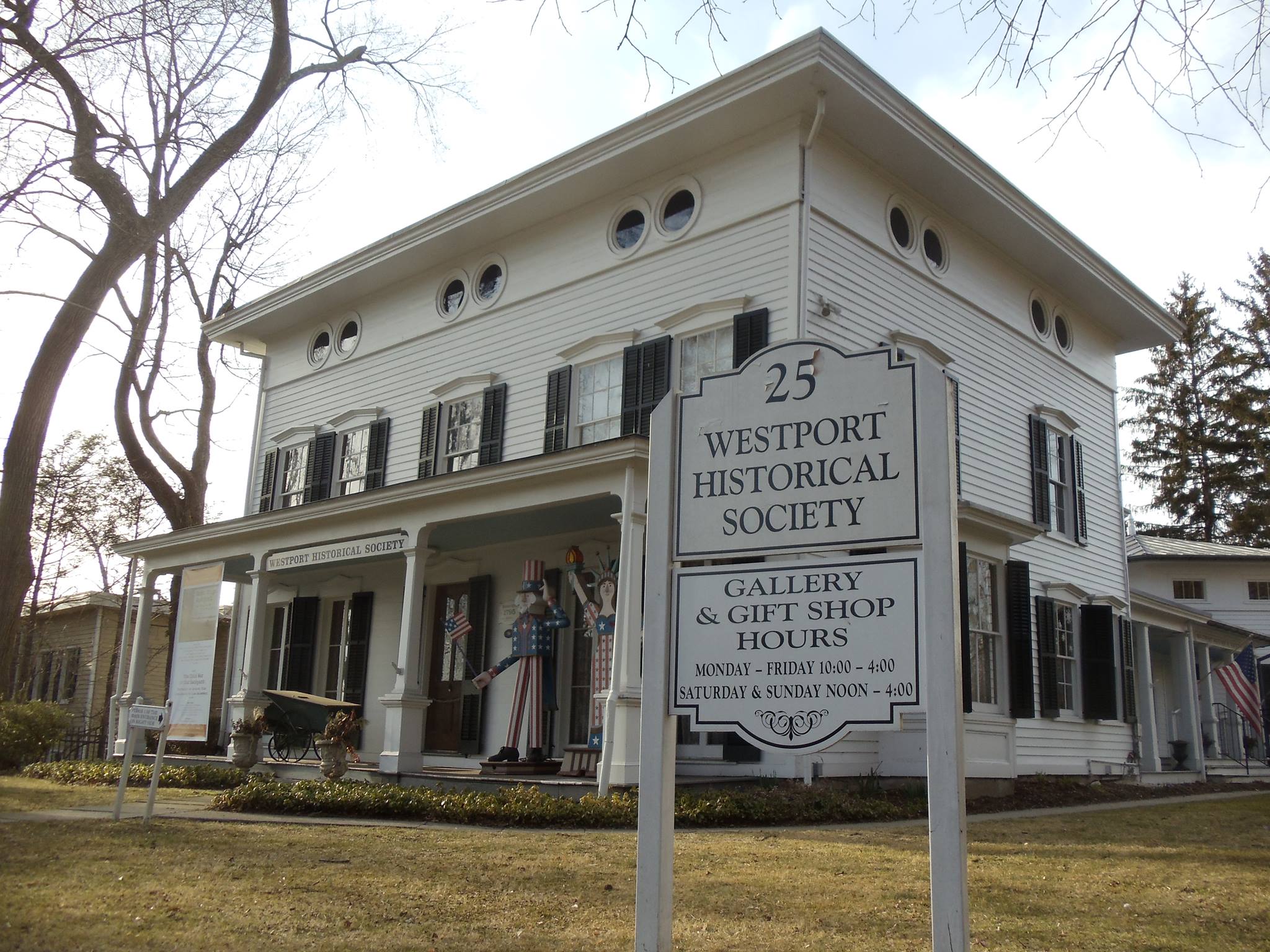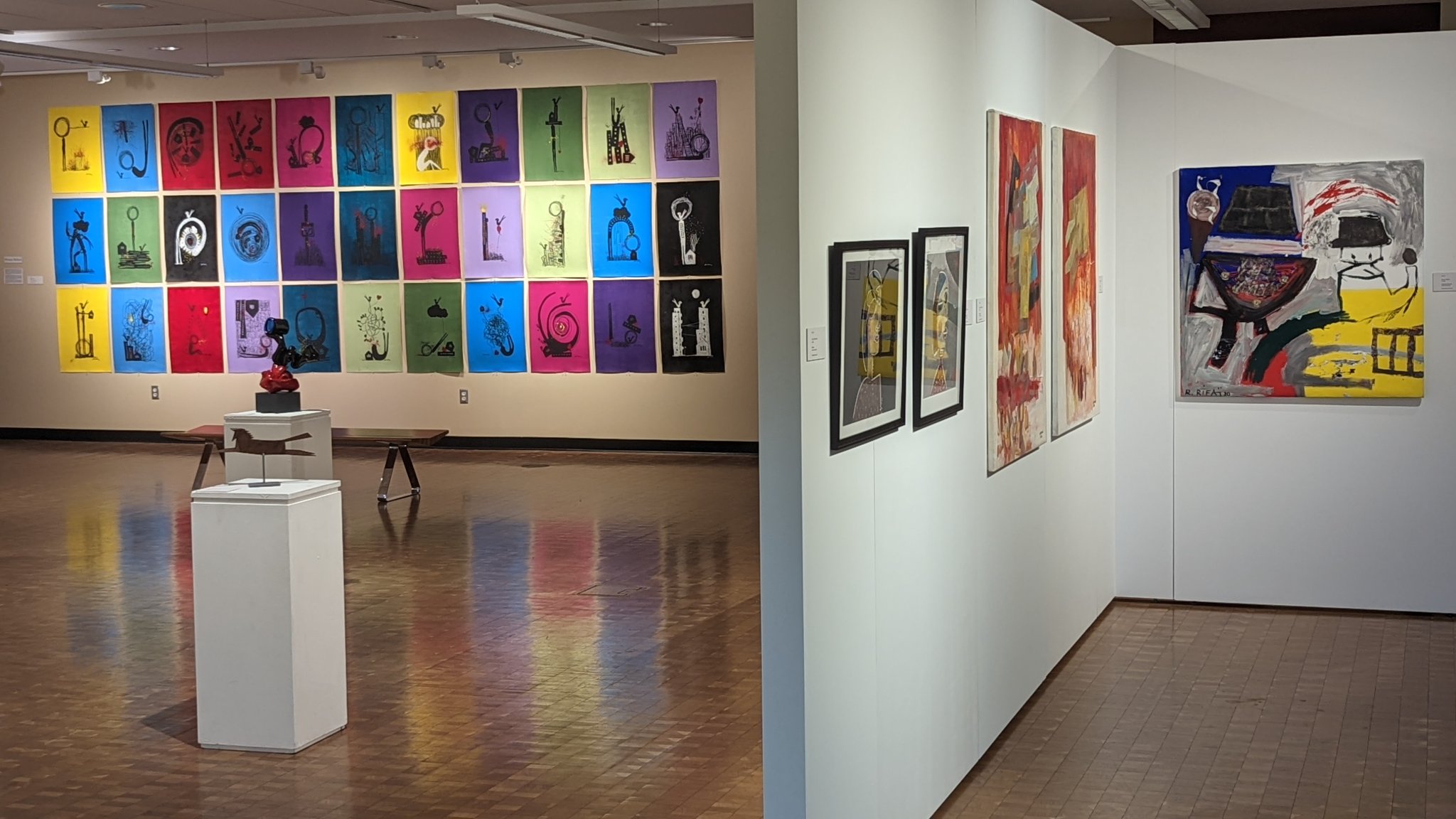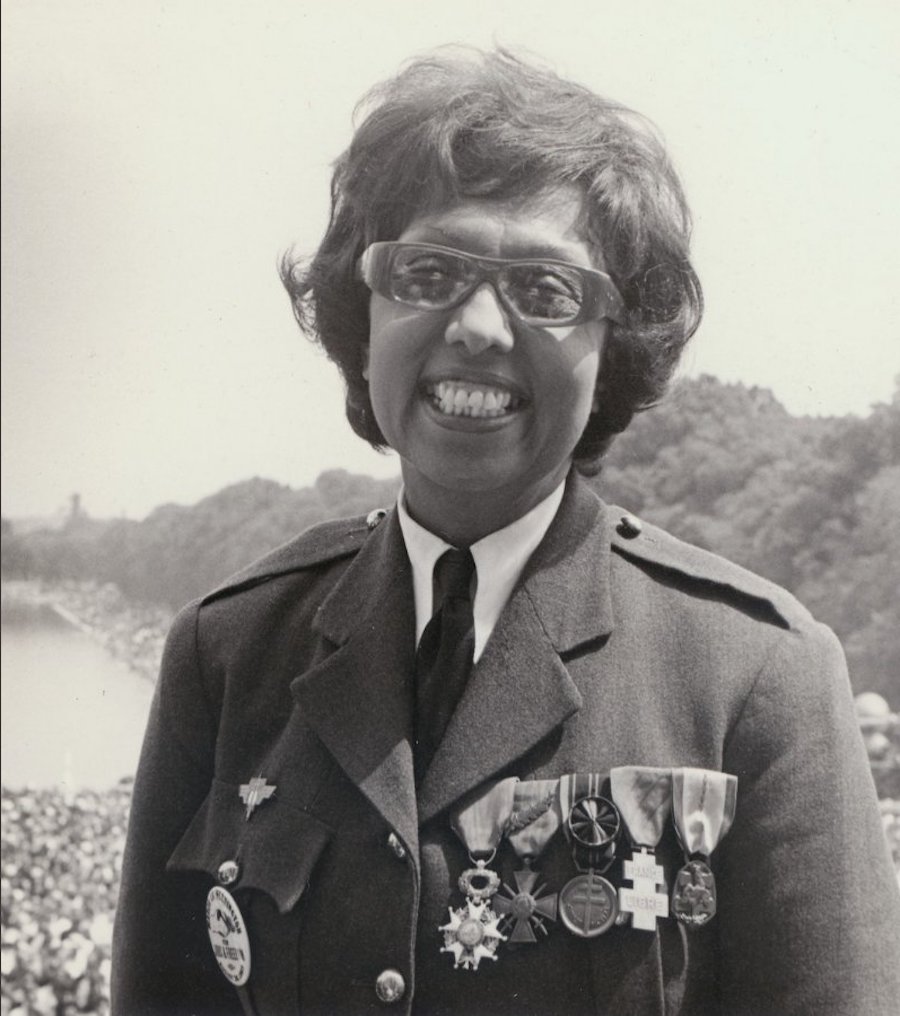Virtual Programming is Here to Stay—and so are Its Audiences
Museums have evolved during the past twelve months. Because of the ongoing coronavirus pandemic, an extraordinary number of museums have temporarily shut their doors and have had to find a way to meet their visitors online. While some museums were already engaged in virtual programming, others had to catch up–and quickly–if they wanted to survive. If these responses can lead to real and fundamental institutional changes, then museums may have just tapped into their true audience potential.
Before the pandemic began, the Knight Foundation commissioned HG&Co to conduct a survey about museums’ digital strategies and readiness. This report looks at 480 museums of all types and sizes across the United States. While things have certainly changed since quarantine began, it does offer a snapshot of what the situation was like heading into the pandemic.
For example, the report found that only 25% of museums had an established digital strategy pre-pandemic. While leadership support was high, digital projects often were not being tracked and insights were shallow, if they were even collected at all. Quarantine has forced many museums to reckon with digital content in a way that they hadn’t before as programming shifted to online.
For many museums, like Musée d’Orsay in Paris, this change means virtual tours. For others, like the National Gallery of Art in Washington, D.C., online lectures and events. Some, like the Charles Dickens Museum in London, have worked on digitizing their collections or hosting exhibits online. Some museums are engaged in all three as well as other creative forms of virtual programming, like art classes or scavenger hunts.
Some of these offerings include museums adapting their already planned in-person events to a digital format. Others are specially designed to be online content. Museums have been able to secure speakers for online events—speakers who might not otherwise have been able or willing to travel in order to participate.
One of the most exciting aspects of this shift to virtual programming has been museums’ ability to reach audiences far outside of their normal geographic ranges. While tourists obviously make up a large portion of a museum’s normal visitors, online content has removed geographic and financial barriers to experiencing lectures, exhibits, and tours.
For example, a few months ago, from the comfort of my own bedroom in North Carolina, I logged on to a virtual guided Zoom tour of the Jane Austen House in Chawton, England. At one point, those of us attending used the chat feature to chime in and share where we were. While there were some people only a short drive away from the house museum, others were tuning in from other continents around the world.
When we interviewed Ken Howard, he told us that the North Carolina Museum of History is focusing on creating more digital content, partially because of the ability to reach audiences who might never set foot in the museum. He said, “The benefit of that is we’re now reaching people around the world! We’ve had people who have been accessing our resources from England, and Australia, and France, and Canada, and all over the place. Having these digital resources was a huge benefit because now our reach has grown beyond the borders of North Carolina.”
The Museum of Natural History in London is purposefully reaching out to Asian audiences, who would normally be a major part of their tourist traffic. They’ve partnered with Fliggy, an online travel brand, to livestream virtual tours to China. It’s a fantastic example of a museum realizing they must find new ways to reach audiences during this unprecedented time, but that those audiences can be a lot further away than normal.
Kimberley Floyd, site manager of the Zebulon B. Vance Birthplace in Asheville, North Carolina, told us they’re able to reach wider audiences with their virtual events than they have in the past with their in-person programming. For example, an embroidery workshop that would normally be attended by ten people had three times that many attend it virtually–and from several different states.
Many museums seem to plan to continue their virtual programming even as the pandemic begins to wane. Both Floyd and Howard said their organizations plan to continue, and many museums have kept up their virtual programming as they begin to reopen. Obviously, it may not endure at the same level that is has during the pandemic, but it seems to be a trend that is here to stay.
Of course, this not only affects museum visitors, but museum staff as well. It creates new work for those employed at museums and demands they are well-versed in skills that were not previously required, from video editing to handling large Zoom calls. For state-owned historic sites, it also may influence how funding is allocated as many budgets are based on visitation numbers. Floyd said, “How many staff we have is based on our visitation. The digital content is opening it up in a way and may complicate that.”
What is clear now is that virtual programming is likely to be one of the most lasting effects of the coronavirus pandemic for the museum industry. Not only has it been practical over the last year, but it also increases accessibility to museums. It allows people who might not have been able to visit – whether because of physical accessibility issues or because of barriers to travel – to experience exhibits, collections, and events.
As virtual programming continues to grow, it is important that museums incorporate it into their strategic plans and collect demographic information about the people with whom they engage online. This shift towards virtual programming might have been coming all along and perhaps it was only accelerated by a global pandemic. Regardless of why or how it occurred, it is something that all museums should strongly consider embracing in the interest of realizing their true audience potential.







